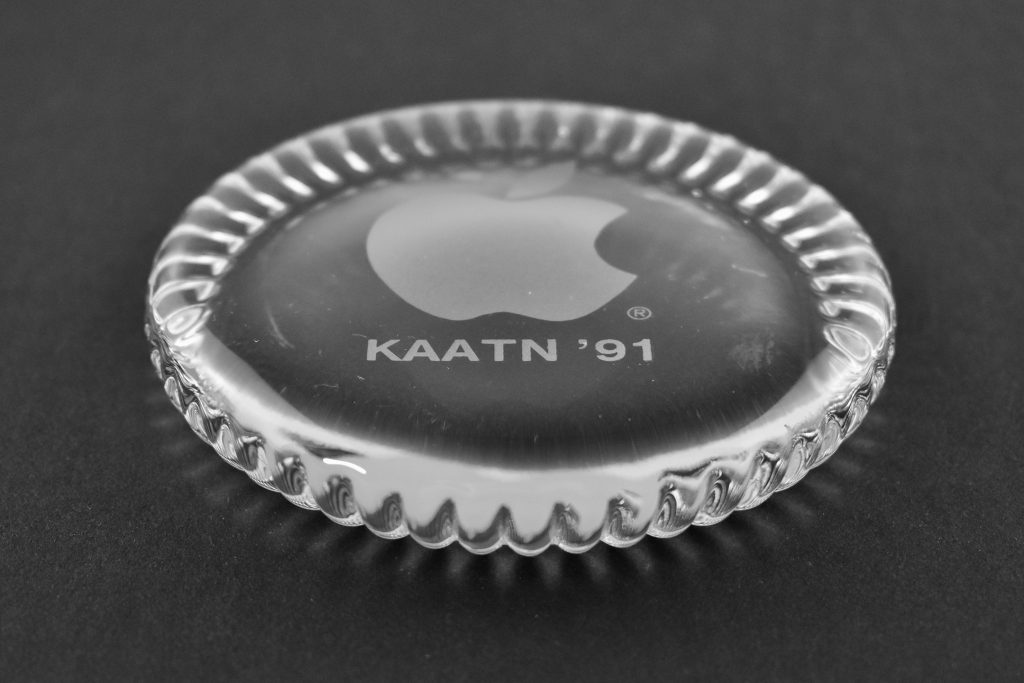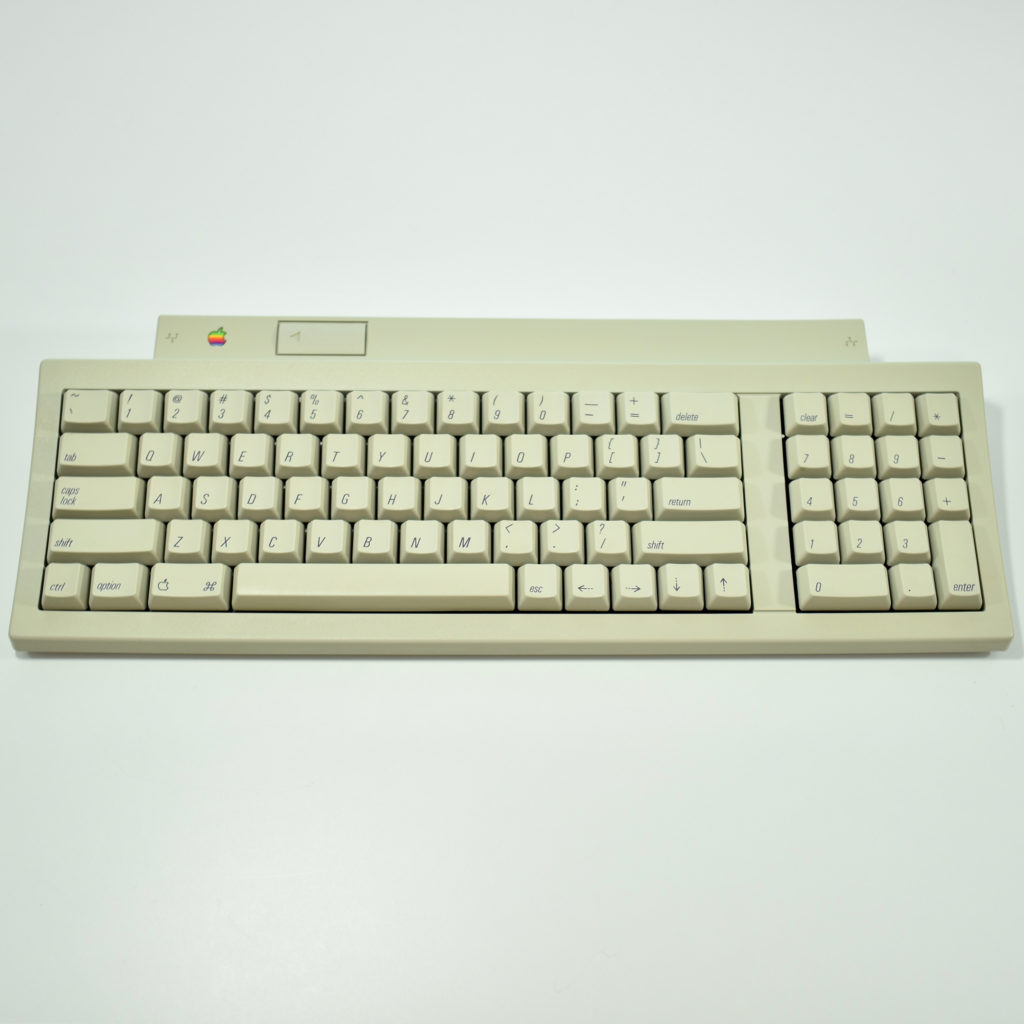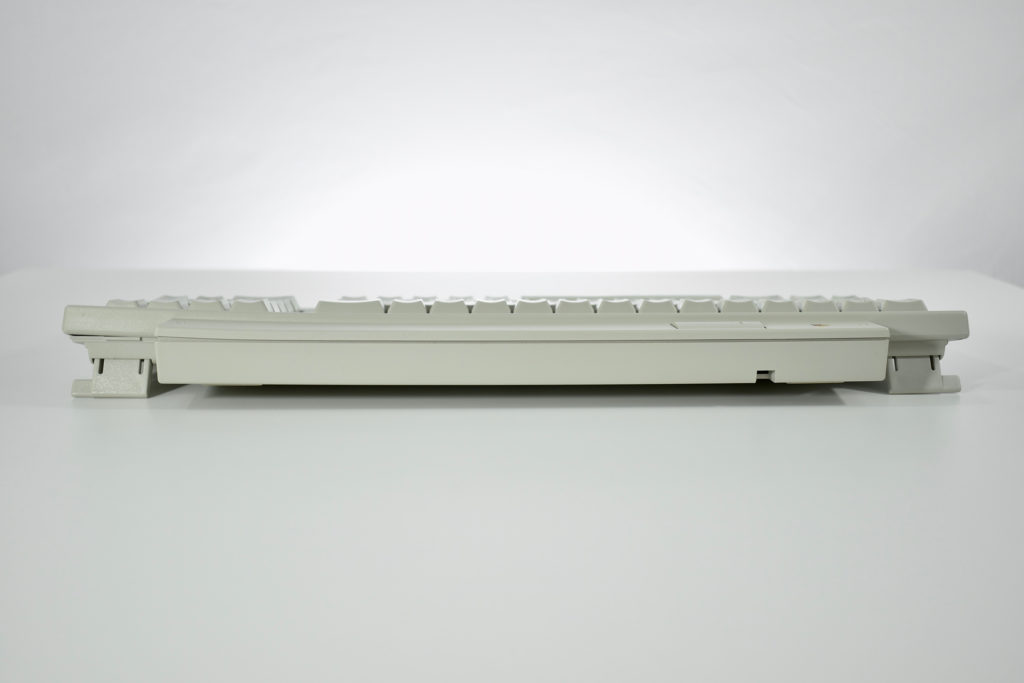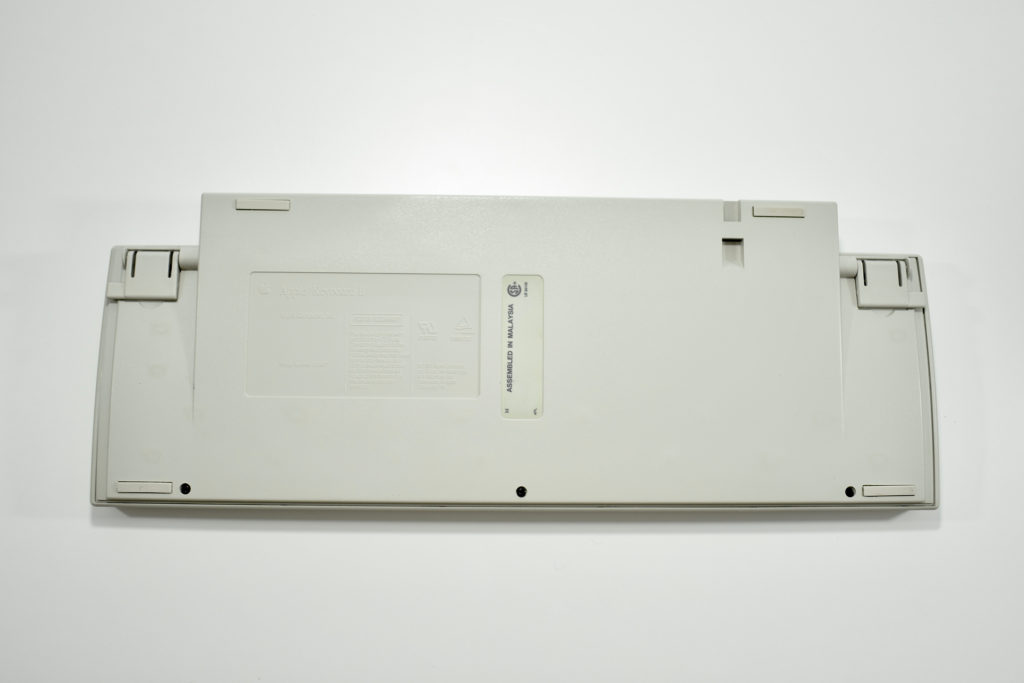This glass paperweight measures 3.75 inches in diameter and is 5/8 inches thick. It features a smooth scalloped edge and is etched with an Apple logo and the characters, “KAATN ’91.”
This item was acquired from a person I believe to be a former Apple sales representative. Although I was unable to get specific information about this item, research indicates that this paperweight was possibly a memento after some version of executive coaching by consultant Alan Weiss who runs Summit Consulting Group, Inc. Weiss is author of “500 articles and 60 books, including his best-seller, Million Dollar Consulting.”
This training is still apparently offered by Summit Consulting Group as of 2021. Although Apple is not listed as a client, other well-known clients and the content of the coaching seems to match Apple’s culture in the early 1990s. Weiss describes this coaching as a “very intensive development experience combining my executive coaching models with entrepreneurial and solo practitioner needs: Supercharged Coaching.”
Weiss notes that he has “kiddingly dubbed” his Supercharged Coaching methodology “KAATN” or “kick ass and take names,” the cryptic abbreviation on this paperweight.
If this information can be substantiated or disproven by anyone with historic context, I’d appreciate it.
Sources: Alan Weiss (About, KAATN)






































